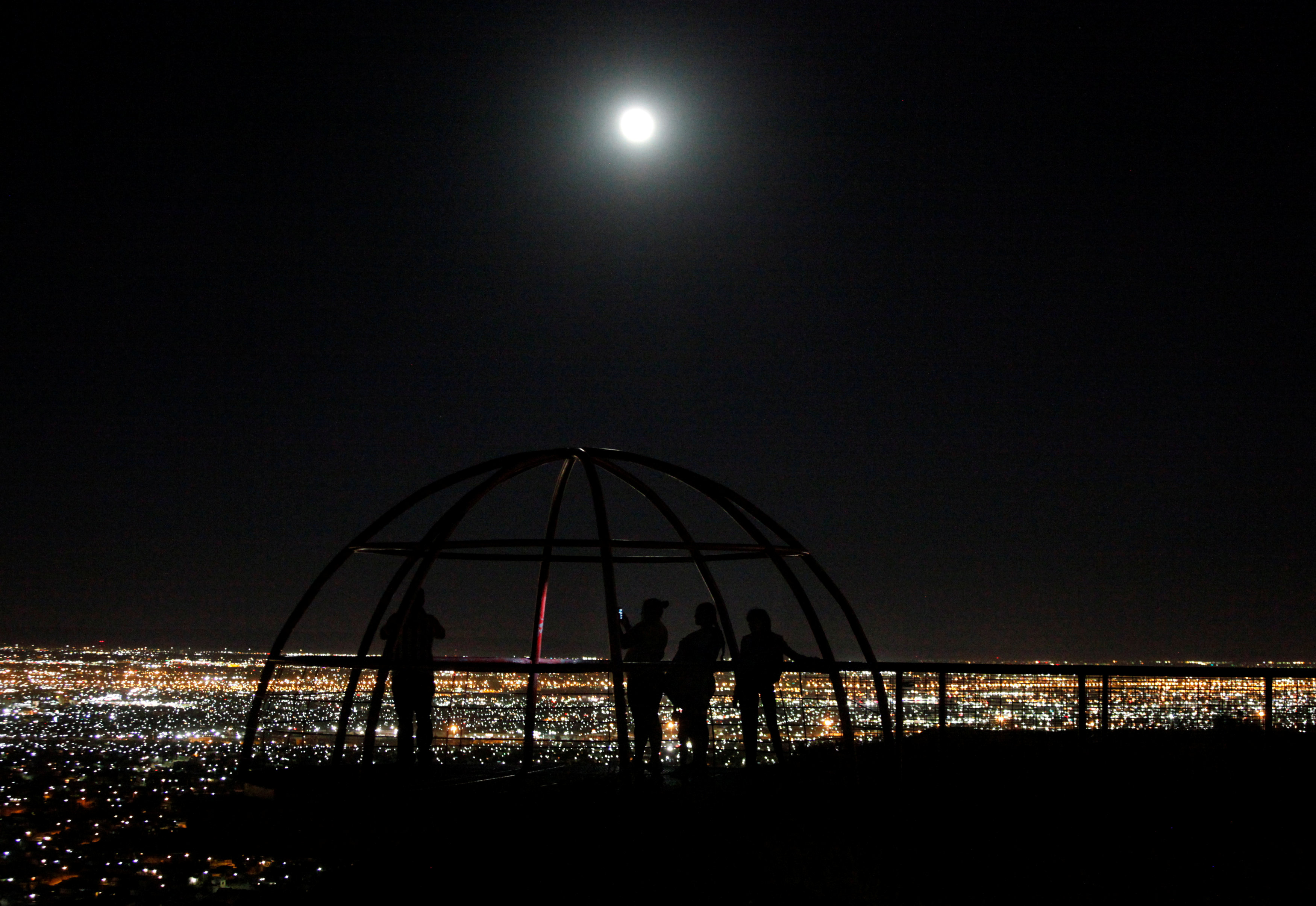
By Steve Gorman
(Reuters) – Employees from more than a dozen U.S. government agencies have established a network of unofficial “rogue” Twitter feeds in defiance of what they see as attempts by President Donald Trump to muzzle federal climate change research and other science.
Seizing on Trump’s favorite mode of discourse, scientists at the Environmental Protection Agency, NASA and other bureaus have privately launched Twitter accounts – borrowing names and logos of their agencies – to protest restrictions they view as censorship and provide unfettered platforms for information the new administration has curtailed.
“Can’t wait for President Trump to call us FAKE NEWS,” one anonymous National Park Service employee posted on the newly opened Twitter account @AltNatParkService. “You can take our official twitter, but you’ll never take our free time!”
The @RogueNASA account displayed an introductory disclaimer describing it as “The unofficial ‘Resistance’ team of NASA. Not an official NASA account.” It beckoned readers to follow its feed “for science and climate news and facts. REAL NEWS, REAL FACTS.”
The swift proliferation of such tweets by government rank-and-file followed internal directives several agencies involved in environmental issues have received since Trump’s inauguration requiring them to curb their dissemination of information to the public.
Last week, Interior Department staff were told to stop posting on Twitter after an employee re-tweeted posts about relatively low attendance at Trump’s swearing-in, and about how material on climate change and civil rights had disappeared from the official White House website.
Employees at the EPA and the departments of Interior, Agriculture and Health and Human Services have since confirmed seeing notices from the new administration either instructing them to remove web pages or limit how they communicate to the public, including through social media.
The restrictions have reinforced concerns that Trump, a climate change skeptic, is out to squelch federally backed research showing that emissions from fossil fuel combustion and other human activities are contributing to global warming.
The resistance movement gained steam on Tuesday when a series of climate change-related tweets were posted to the official Twitter account of Badlands National Park in South Dakota, administered under the Interior Department, but were soon deleted.
A Park Service official later said those tweets came from a former employee no longer authorized to use the official account and that the agency was being encouraged to use Twitter to post public safety and park information only, and to avoid national policy issues.
Within hours, unofficial “resistance” or “rogue” Twitter accounts began sprouting up, emblazoned with the government logos of the agencies where they worked, the list growing to at least 14 such sites by Wednesday afternoon.
An account dubbed @ungaggedEPA invited followers to visit its feeds of “ungagged news, links, tips and conversation that the U.S. Environmental Protection Agency is unable to tell you,” adding that it was “Not directly affiliated with @EPA.”
U.S. environmental employees were soon joined by similar “alternative” Twitter accounts originating from various science and health agencies, including the Food and Drug Administration, the National Institutes of Health, the Centers for Disease Control and Prevention and the National Weather Service. Many of their messages carried Twitter hashtags #resist or #resistance.
An unofficial Badlands National Park account called @BadHombreNPS also emerged (a reference to one of Trump’s more memorable campaign remarks about Mexican immigrants) to post material that had been scrubbed from the official site earlier.
Because the Twitter feeds were set up and posted to anonymously as private accounts, they are beyond the control of the government.
(By Steve Gorman in Los Angeles; Editing by Lisa Shumaker)












